Log in or create new account to save this product to your wishlist.
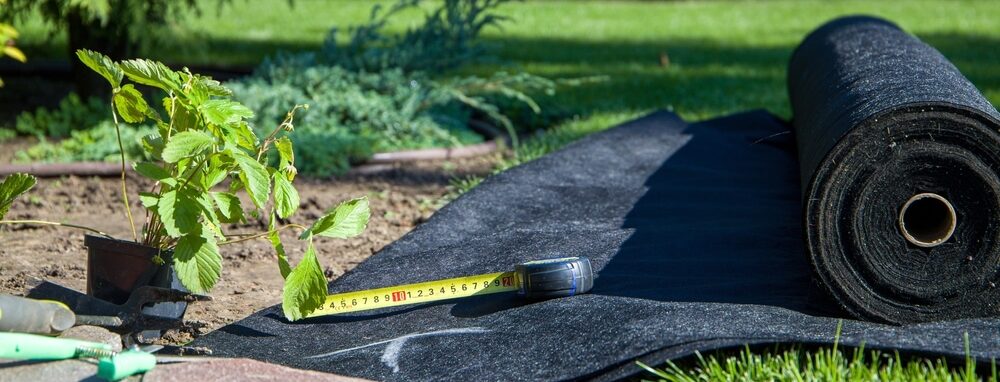
How to Use Landscape Fabric Properly
If weeds or erosion in your garden are troubling you, landscape fabric might be the solution. We’ll explain how and when to use it properly, just keep on reading.
🌱 All important maintenance moments for your lawn during the year. Leave your email and we will send you the lawn calendar for free.
Enter your email
Receive the lawn calendar in the mail
Enjoy a green lawn all year round!
Did you know that quality landscape fabric can last up to 20 years? That’s two decades of effective weed control for your garden. All you need to do is pick the right type of fabric and install it properly. It works brilliantly under rocks and gravel, though it’s less effective under organic mulch where decomposition can create new soil layers.
- Types of landscape fabric
- How much fabric do you need?
- Tools for laying weed control fabric
- Step-by-step guide to laying weed membrane
- FAQ about landscape fabric
- Ready to use landscape fabric?
Whether you’re planning to tackle a new garden project or struggling with your current weed barrier, this guide will show you exactly how to make the most of your landscape fabric.
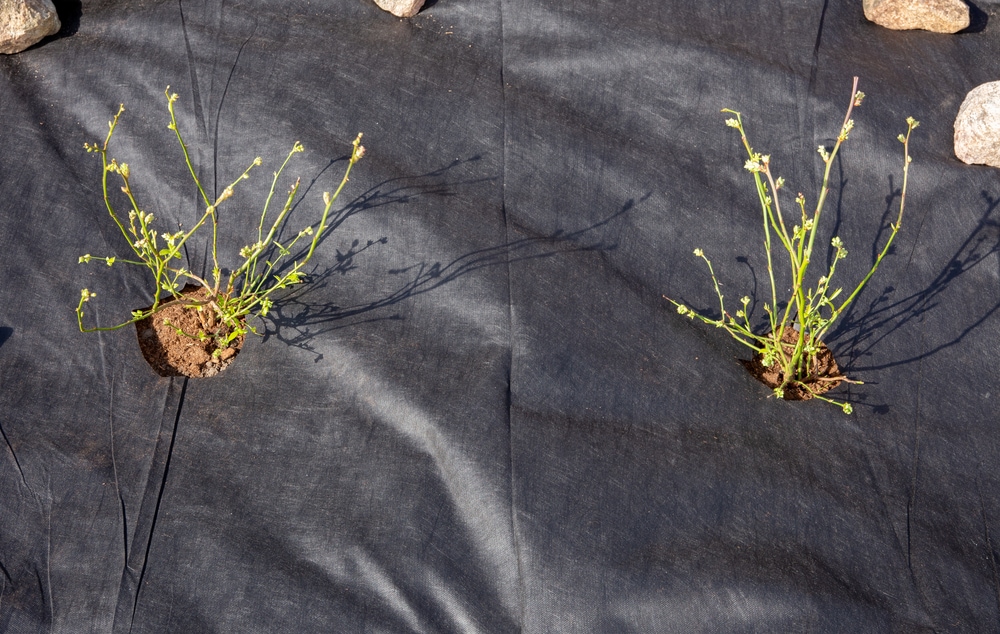
Types of landscape fabric
Not all landscape fabrics offer the same performance. The right choice depends entirely on your specific gardening needs and project requirements. Is there a specific type of weed bothering you, or is erosion the real issue? Take a moment to assess your needs, so you can select the appropriate option.
1. Woven landscape fabric
Woven landscape fabric consists of polypropylene tapes or strips woven in a crisscross pattern. This construction method creates exceptional strength, making it highly resistant to tearing. At the same time, woven fabrics allow water, air, and nutrients to pass through small holes, but prevent weeds from accessing sunlight.
2. Non-woven landscape fabric
Non-woven landscape fabric is manufactured by thermally bonding polypropylene or polyester fibres and often finished with needle punching to create some permeability. Despite having lower tensile strength than woven alternatives—which means they may break easier—non-woven fabrics excel in drainage capabilities.
3. Spun landscape fabric.
Spun fabric consists of bonded polyester layers, creating an extremely durable material that’s highly resistant to tearing. Available in varying thicknesses, spun fabrics offer versatility for multiple applications. Thinner versions remain permeable for water and air whilst providing effective weed control. Thicker varieties are so robust they’re suitable for irrigation, drainage, and retaining wall applications.
4. Perforated landscape fabric.
Perforated landscape fabric features pre-cut holes designed to accommodate plants whilst still preventing unwanted weed growth. This lightweight option works particularly well in vegetable gardens or flower beds where plants are changed frequently. The perforations ensure roots aren’t suffocated whilst maintaining effective weed suppression.

Landscape fabric comparison table
| Feature | Woven | Non-Woven | Spun | Perforated |
|---|---|---|---|---|
| Material | Typically, linen or polypropylene | Polyester or polypropylene | Long polyester fibres bonded with compression or heat | Varies |
| Permeability | High | Low to moderate | Varies (thin is more permeable) | High |
| Durability | High (tough to puncture and tear) | Moderate to high | High (especially thick versions) | Low to moderate |
| Best Uses | Around trees, shrubs, and established flower beds | Under rock mulches and pathways | Flower beds (thin), garden borders, behind retaining walls (thick) | Vegetable gardens and frequently changed flower beds |
| Water/Nutrient Flow | Allows water, nutrients, and air to access soil | Limited water movement | Varies based on thickness | Allows water, oxygen, and nutrients to seep into the soil |
| Weed Control | Effective | Very effective | Effective | Effective |
| Ease of Planting | Difficult to cut for new plantings | Difficult to cut for new plantings | Varies (thin is easier to cut) | Easy to cut or comes with pre-cut holes |
| Longevity | Long-lasting | Long-lasting | Long-lasting (especially thick versions) | Shorter lifespan compared to others |
| Soil Erosion Control | Good | Excellent | Excellent (especially thick versions) | Moderate |
| Suitability for High Traffic Areas | Good | Excellent | Excellent (thick versions) | Poor |
Which fabric works best for your project
Selecting the appropriate landscape fabric depends primarily on your specific application:
- For gravel pathways or decorative stone areas: Choose non-woven fabric for its stabilisation properties that prevent stones from sinking into soil. The fabric’s density creates excellent separation whilst blocking weed growth.
- Around trees and shrubs: Woven landscape fabric is ideal as it permits water and nutrients to reach plant roots whilst suppressing weeds. Additionally, woven fabrics help conserve soil moisture by reducing evaporation.
- For vegetable gardens: Perforated landscape fabric works best, especially when growing crops like courgettes, lettuce, marrows, cabbage, and strawberries.
- Under patios or driveways: Heavy-duty woven geotextiles offer superior tear resistance and stabilisation properties, making them perfect for areas subjected to pedestrian or vehicular traffic.
- For French drains or drainage applications: Non-woven geotextiles excel at filtration and water flow, making them the natural choice for drainage systems.
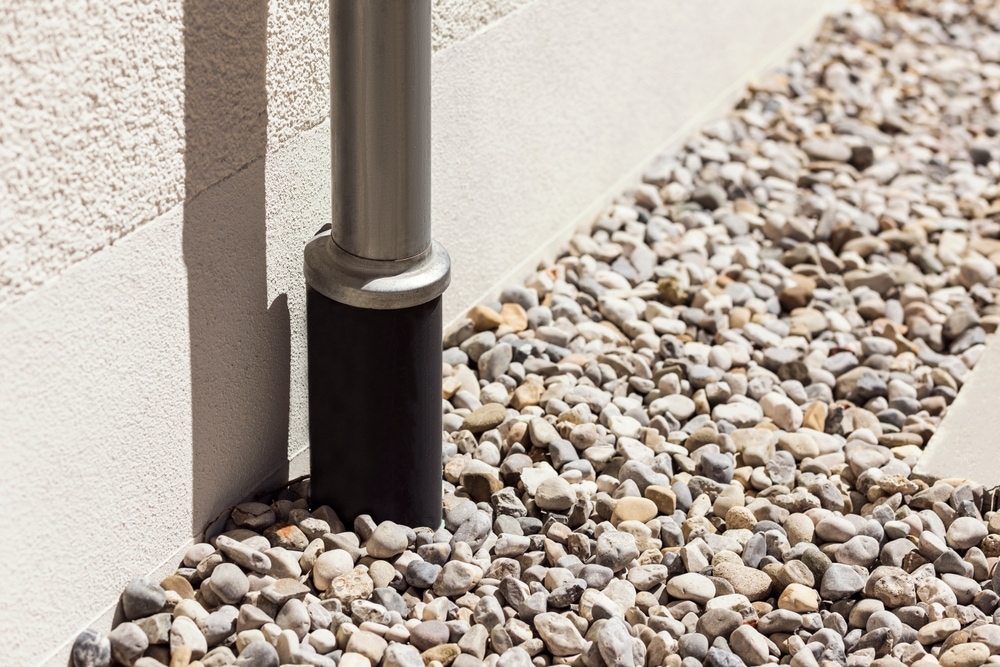
How much fabric do you need?
To calculate how much weed control fabric you require, first measure the area you want to cover. If the area is irregular, you can break it into shapes like rectangles and triangles to calculate the square footage more easily.
For rectangles: Multiply length by width. For triangles: Multiply base by height, then divide by 2. Afterwards, add up the square footage of all areas.
Then add 10–15% to your total square footage for overlap between strips and to account for edges.
Weed control fabric typically comes in rolls of 3, 4, or 6 feet wide. Choose a width that minimizes waste and reduces the number of seams.
Divide your total square footage (including extra) by the width of the fabric roll. This gives you the length of fabric you need to purchase.
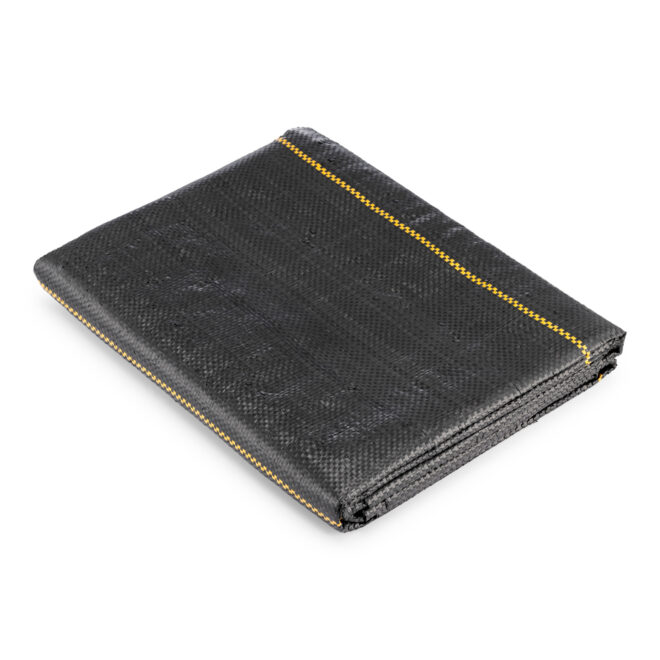
- Blocks weed growth
- Allows water and nutrients to pass through
- UV- and weather-resistant for long-lasting weed control
Tools for laying weed control fabric
After you selected the right type of fabric and ordered the correct amount, make sure you have everything you need to lay weed control fabric. Proper equipment makes the job easier and ensures the weed barrier performs effectively for years to come. You’ll need:
- Pins and staples to secure the fabric
- Sharp scissors for cutting the fabric
- Pruning knife with a curved blade for creating planting holes
- Tape measure to determine exact dimensions for your fabric
- Marker to indicate cutting lines
- Measuring jug for applications requiring herbicides before installation
Optional accessories
- Rubber mallet or hammer proves valuable for driving pins securely into the ground without damaging them.
- Garden rake and hoe are useful to remove stones and to create a smooth surface before laying the fabric.
- Consider adding edging materials to your toolkit to create clean boundaries for your landscaped areas.
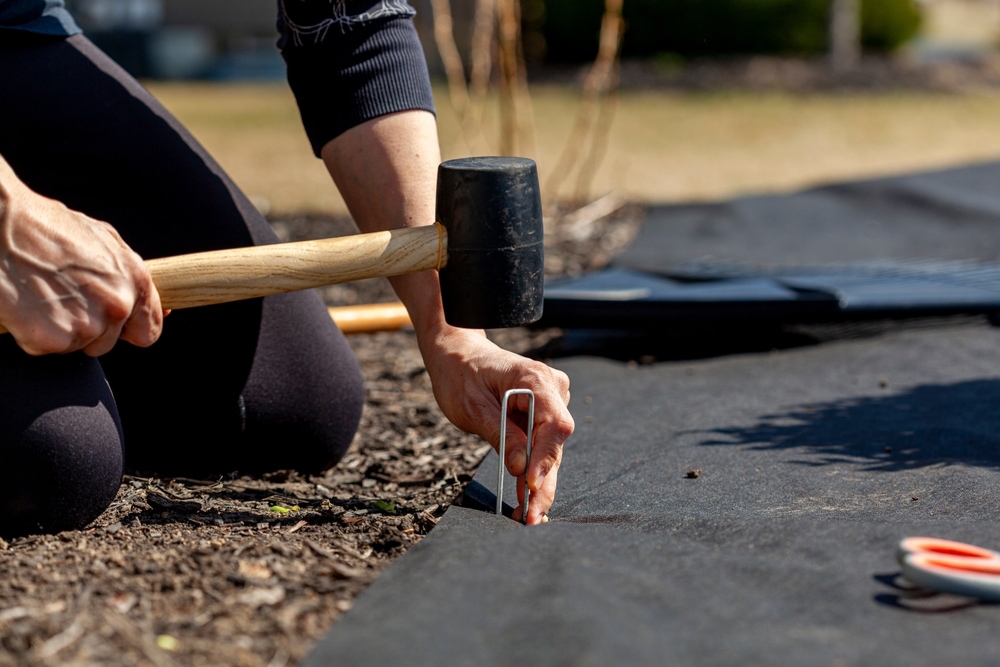
Step-by-step guide to laying weed membrane
Are all the tools at the ready? Then let’s get started laying landscape fabric.
- Start with wedding
Remove all existing vegetation completely—including roots—using a garden hoe, shovel, or appropriate garden tools. For stubborn areas, consider applying herbicide 2–3 weeks before installation.
- Proper ground preparation
Next, rake the area using a garden rake to create a smooth, level surface. Remove all debris, including:
– Twigs, stones, and sharp objects that could damage the fabric
– Existing plant material and loose roots
– Any large rocks or uneven soil clumps - Levelling the surface
Create a level surface by filling depressions and removing high spots. For areas adjacent to paths or patios, form a small gutter at the edges to contain any loose covering material that might shift over time.
- Cutting the fabric
When cutting landscape fabric lay it flats on a sturdy surface and paint your measurements with a permanent marker. Cut with sharp scissors rather than a knife for more accurate results.
Make sure to leave 6–12 inches (15–30 cm) of spare overlap space on all sides - Place the fabric on the soil
Remember to position the fabric with the rough, textured side facing downward to help it adhere to the soil surface.
- Securing the edges and overlaps
Proper securing prevents fabric displacement and weed breakthrough at vulnerable points. When joining sections, overlap adjoining pieces by at least 100 mm, though this can be reduced to 50 mm if using specialist adhesive to join them.
- Pin the fabric down
Secure the fabric using landscape pins. Place pins every 30 cm along all edges. The harder the soil, the further away may place the pins. Install additional pins at every overlap joint.
Consider folding excess material underneath rather than cutting it off to prevent fraying at the edges. - Working around existing plants
When installing around established plants, make a straight cut from the nearest edge toward the plant location. Cut a hole appropriate to the plant’s trunk size—neither too tight (which restricts growth) nor too loose (which allows weed penetration). Slide the fabric around the trunk and secure with pins.
For shrubs, create an X-shaped incision directly above the plant, making it just large enough for the trunk. Pull the plant through the opening and secure all four flaps with pins.
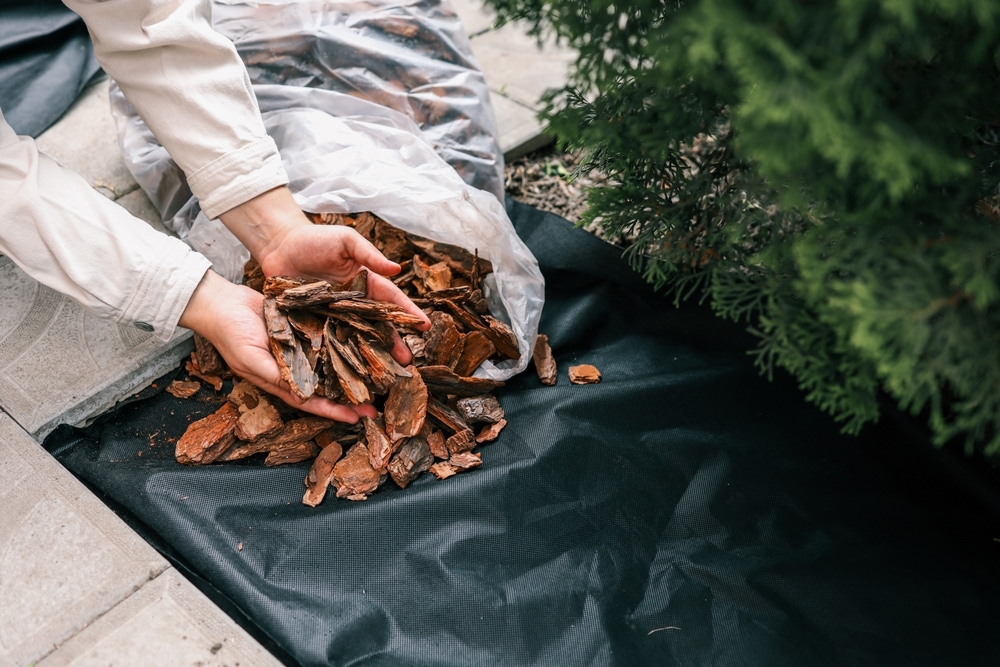
FAQ about landscape fabric
Use sharp scissors for precise cuts, or consider using a small propane torch to cauterise the edges, preventing fraying. When cutting around plants, make an X-shaped incision slightly larger than the plant’s stem.
Landscape fabric should be placed directly on top of the prepared soil surface, with the rough side facing down. It acts as a barrier between the soil and any mulch, gravel, or other materials you plan to add on top.
High-quality landscape fabric can last between 5–15 years with proper maintenance. Professional-grade materials may even last up to 25 years. However, cheaper varieties might need replacement every 2–3 years. Regular inspections and prompt repairs can significantly extend its lifespan.
Ready to use landscape fabric?
Landscape fabric stands as a powerful ally in your garden maintenance arsenal, provided you select the right type and install it properly.
Success with landscape fabric depends largely on proper ground preparation, accurate measurements, and secure installation. Therefore, taking time to gather appropriate tools and following the correct installation steps pays dividends through years of effective weed control.
Fore more tactics agains weeds, check out our articles on different types of weed and tactics to combat weed. Did you know you know that actually quite a lot of weeds are edible? Or are you more interested in eating vegetables from your garden? In case you have questions or tips for us, please leave a comment.
Happy gardening!
-
Orchids: A Complete Guide on How to Care for ThemWant to give your orchid the best possible care? Discover essential tips from placement to watering and pruning. Learn everything you need to know!Read more
-
Growing Wisteria Made Simple: From Planting to Perfect BloomsWith blossoms like a purple waterfall, Wisteria sets an almost magical and colourful mood. If you want to grow this beauty in your garden, you’ll need a bit of patience. Don’t worry, it will most definitely pay off.Read more
-
How to Build a DIY Greenhouse: A Practical Guide for Smart SpendersImagine extending your growing season throughout the year, nurturing tender plants regardless of the weather, and creating a personal garden sanctuary. This is precisely what a DIY greenhouse offers you. Let’s learn how to build one.Read more
-
How to Grow Eucalyptus in British GardensWith a little love and care, eucalyptus trees can thrive in English gardens. Since they don’t germinate well without proper help, there are not considered invasive. So, there is no reason not to plant them if you enjoy their looks.Read more
-
Transform Your Garden with All-Year-Round Flowering PlantsDid you know you can enjoy blooming flowers even in January? With the right selection of all year round plants, there’s no need to wait until spring to add some colour to your garden.Read more
-
How to Create a Butterfly Garden: A Simple Guide for British GardensThe UK's butterfly population includes 59 different species. These beautiful winged creatures face a steady decline because of habitat loss, pollution and changing weather patterns. Your garden can become a vital link between nature reserves and natural habitats. Let’s explore how.Read more
-
Volcanic Rock Dust for Your Garden—Application and TipsDid you know that volcanic rock dust is a brilliant organic soil improver? This article explains exactly what it's good for and how to use it properly.Read more
-
Hostas: A Complete Care GuideIf you have a north-facing garden or some shady corners on your property, hostas are the plants for you. These green delights thrive particularly well in partial to full shade and require consistently moist soil to perform at their best.Read more
Leave a comment
Your answer will be displayed on the site and the interested party will be notified by email.
Leave a comment
Have a question or want to share your experience? Leave us a comment.
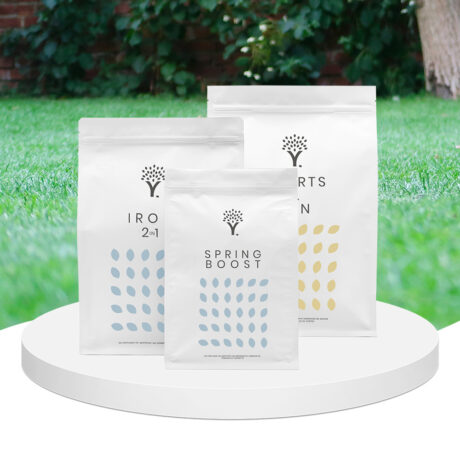
- Order by 2PM = shipped today
- 250.000+ satisfied customers!
- 60 day satisfaction guarantee
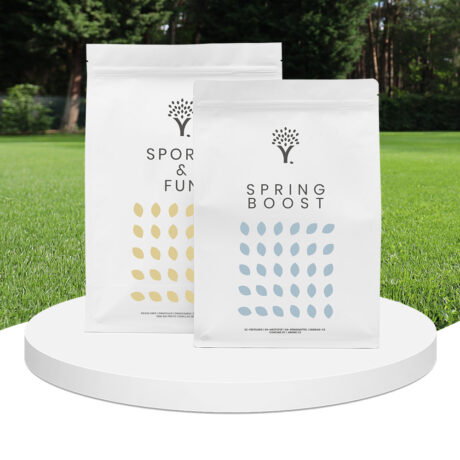
- Order by 2PM = shipped today
- 250.000+ satisfied customers!
- 60 day satisfaction guarantee

🌱 All important maintenance moments for your lawn during the year. Leave your email and we will send you the lawn calendar for free.
Enter your email
Receive the lawn calendar in the mail
Enjoy a green lawn all year round!


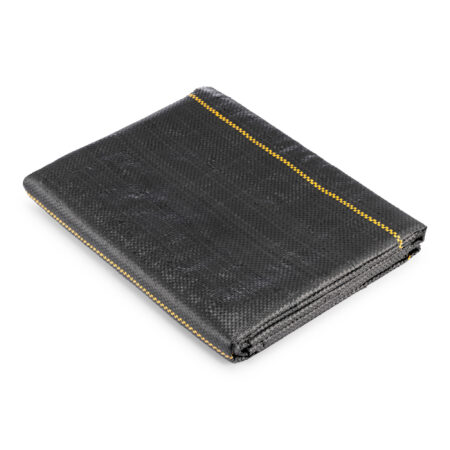
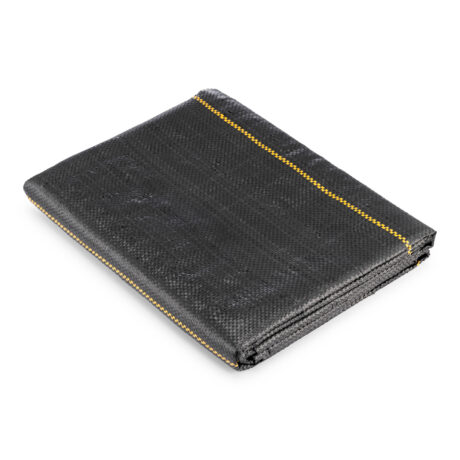



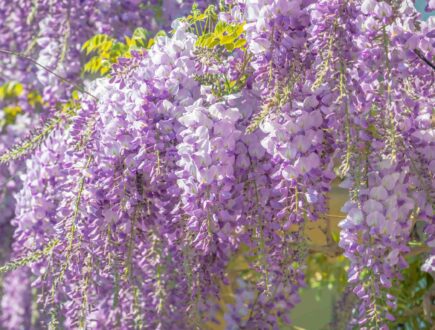

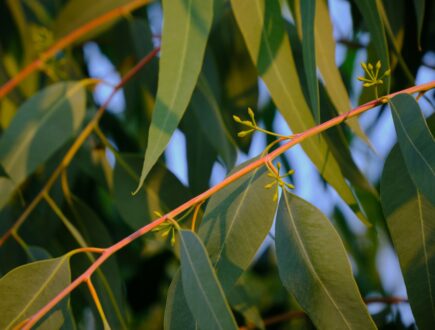
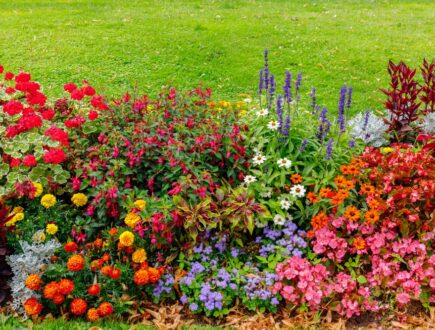


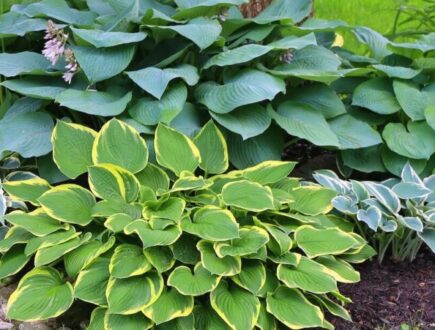
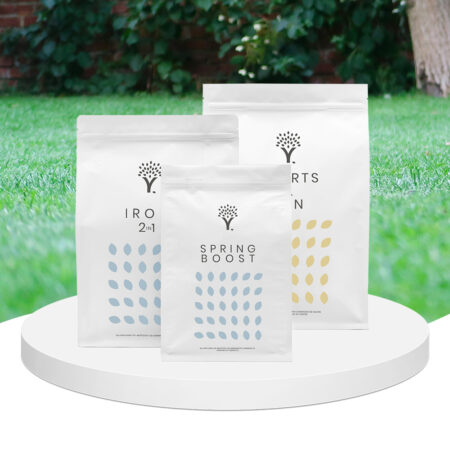

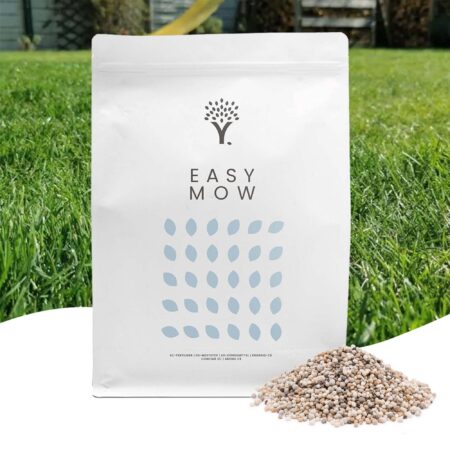
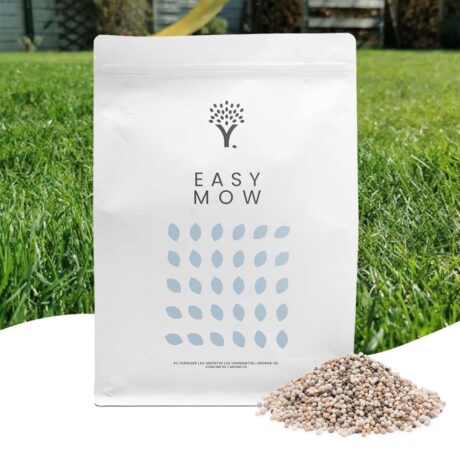

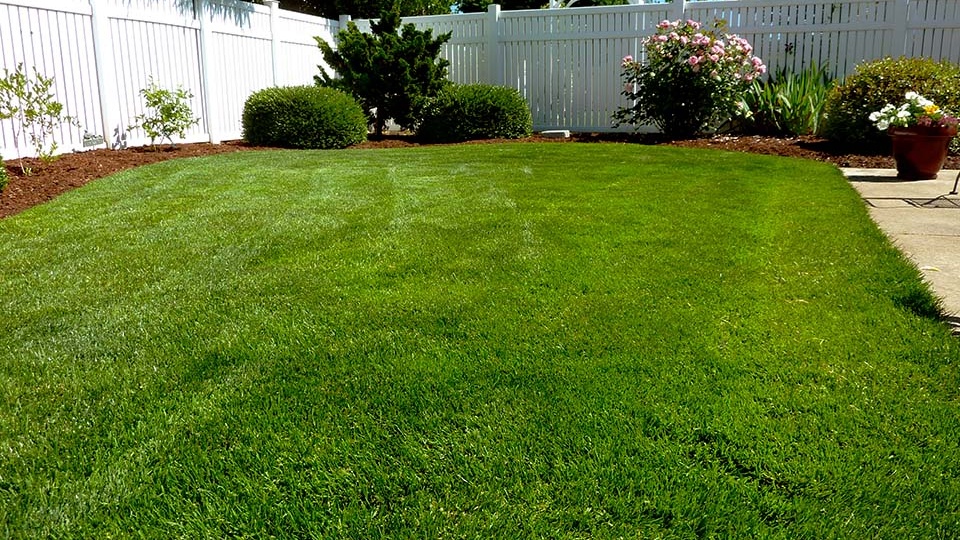
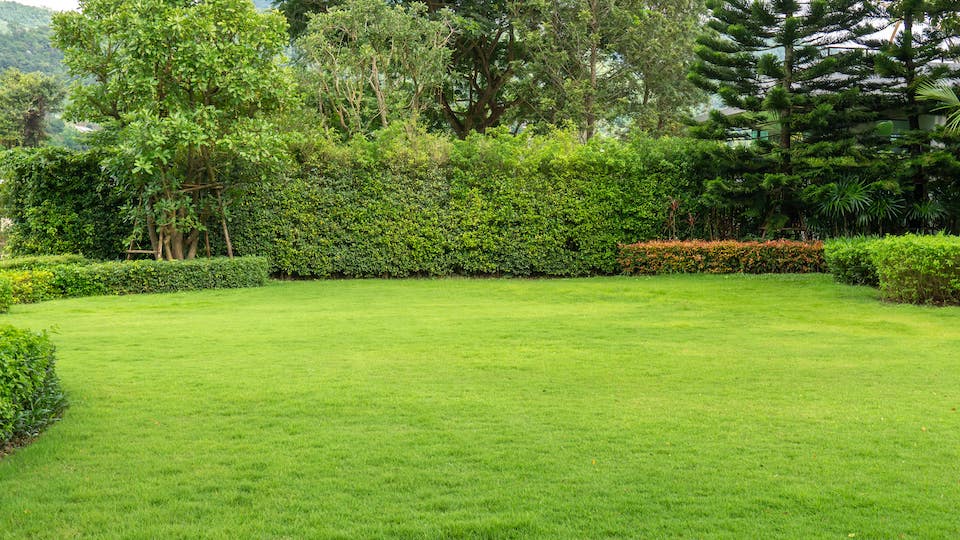

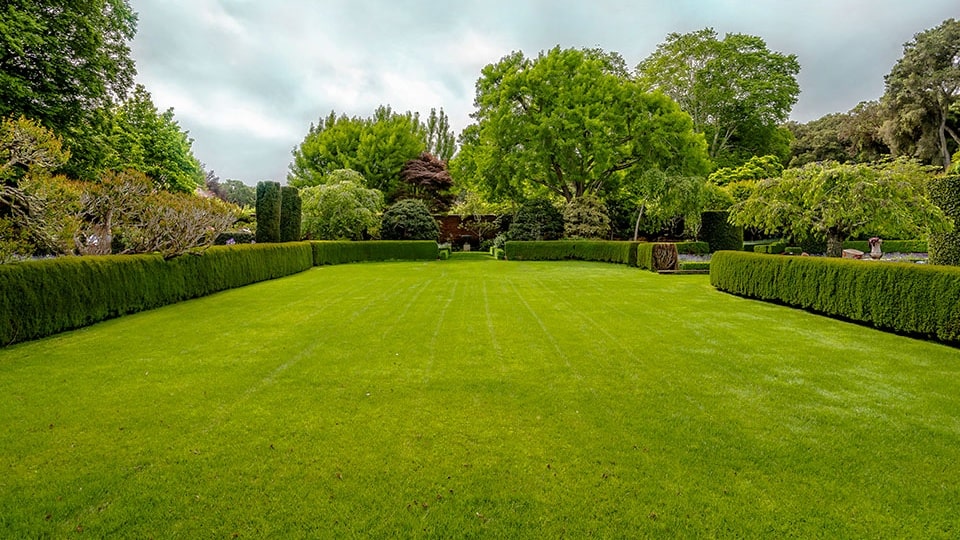
Comments (0)
There are no comments yet. Well then, what are you waiting for to
Be the first to write your comment!inaugurate this pretty page?
Do you have some comments?